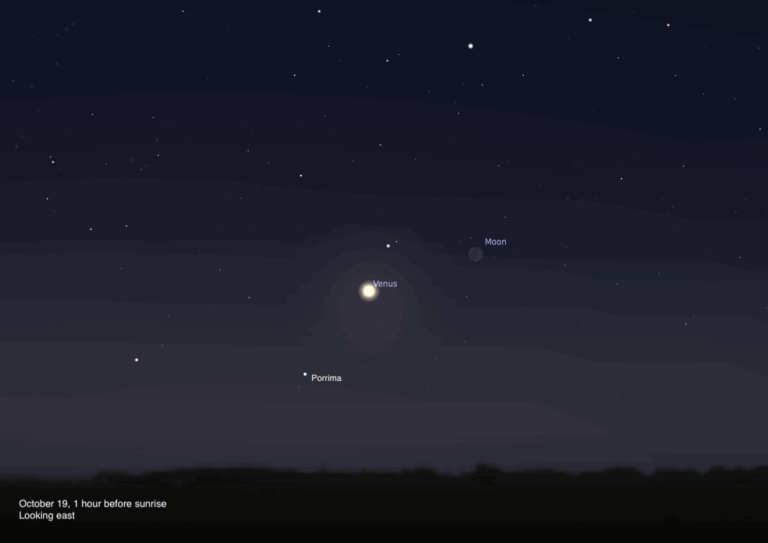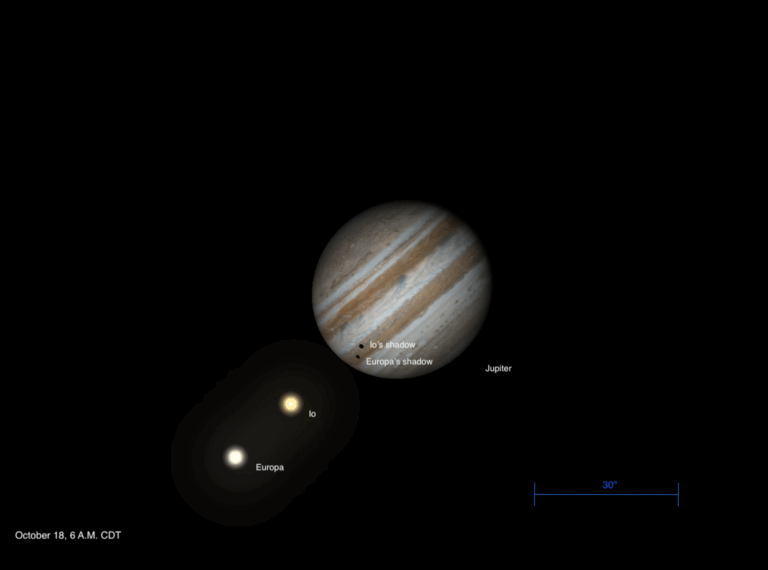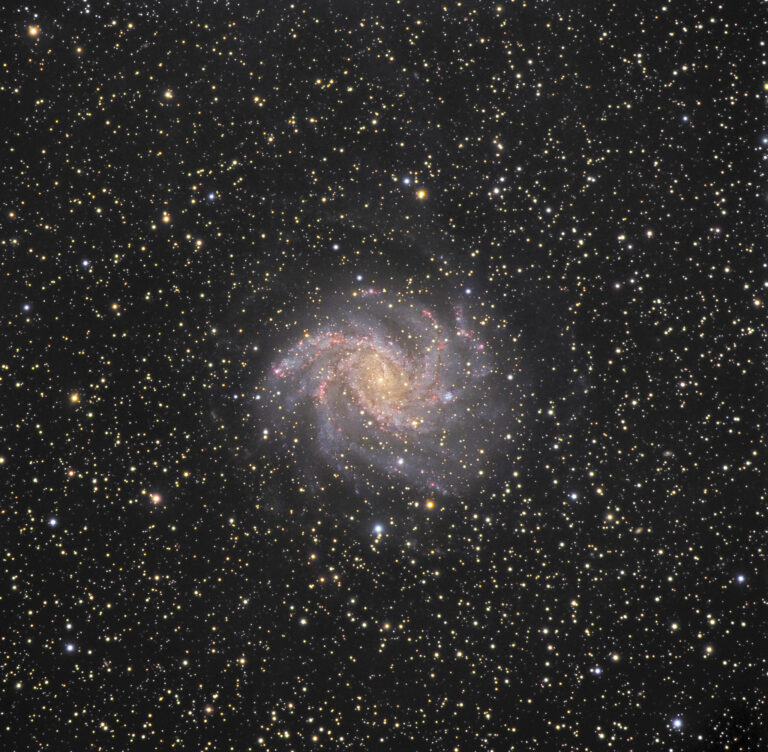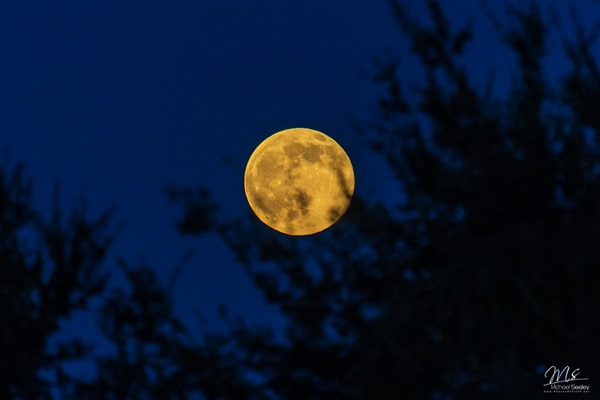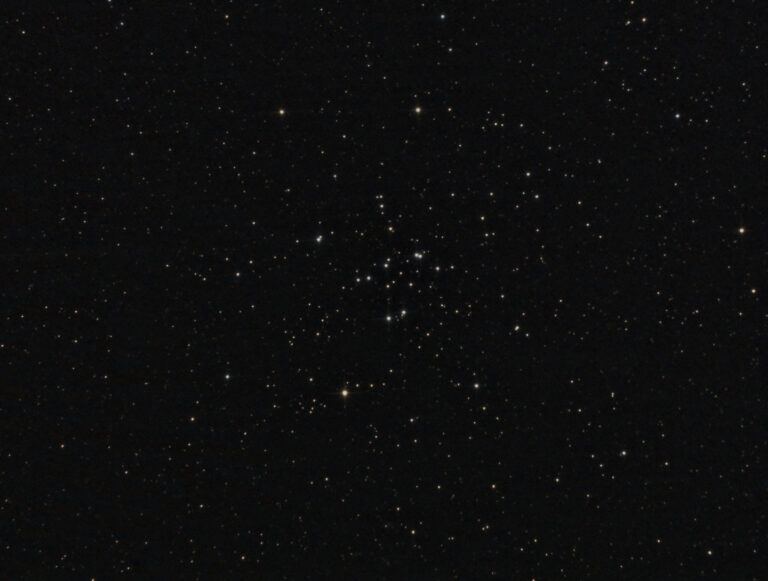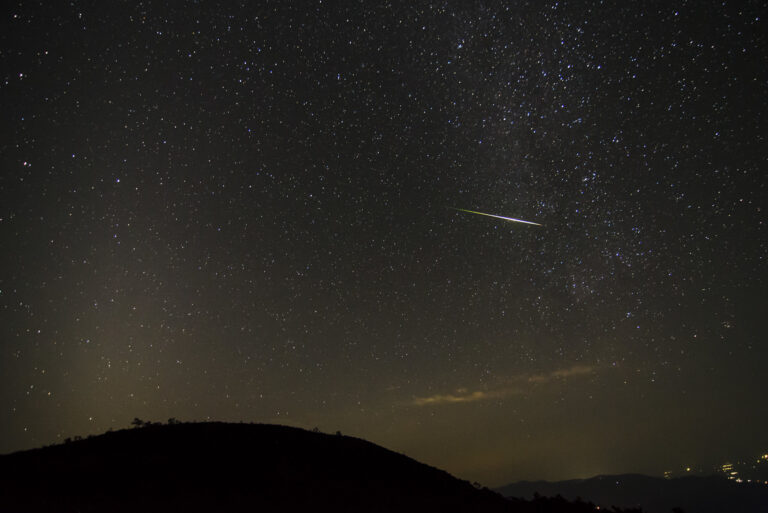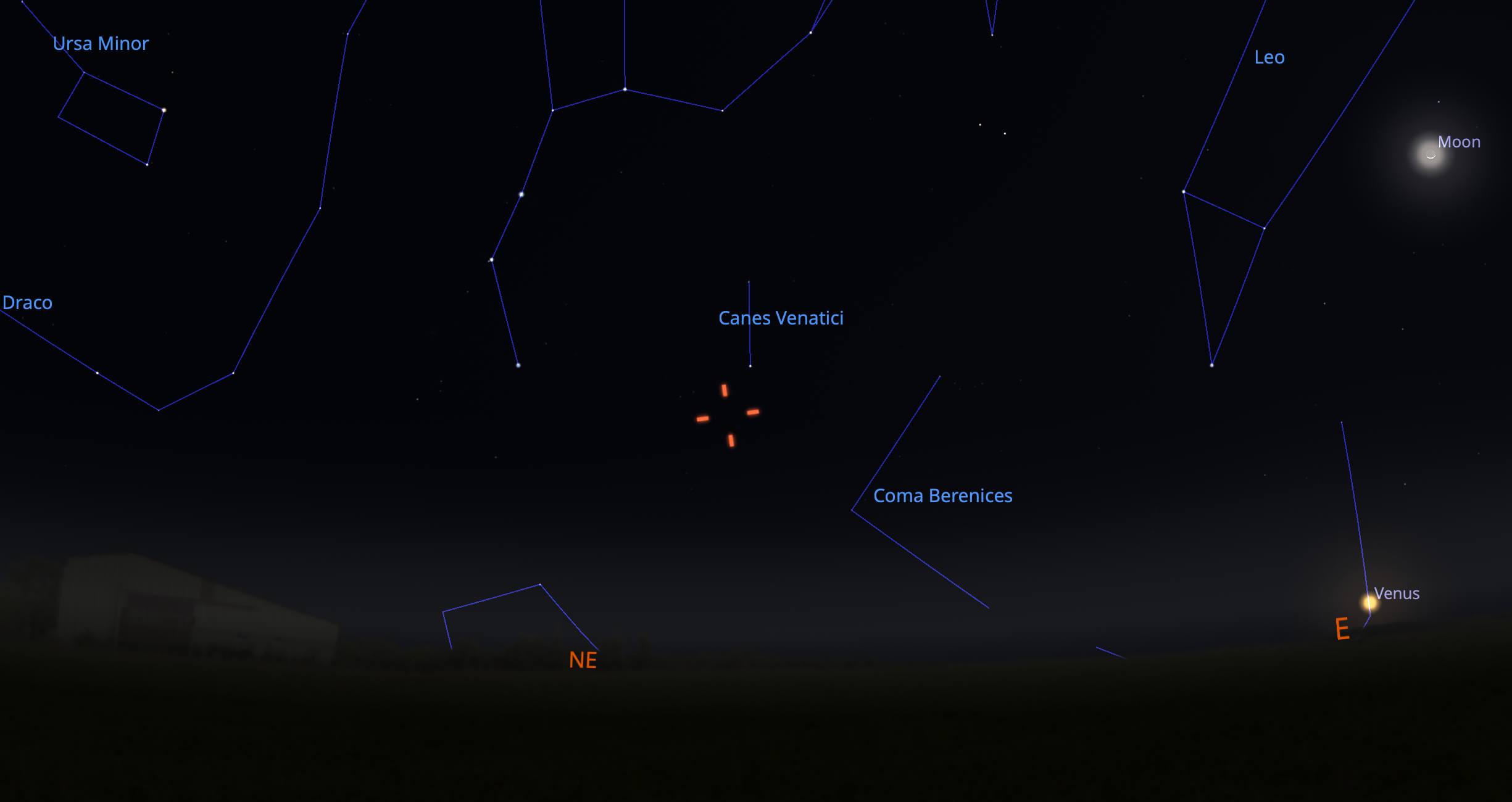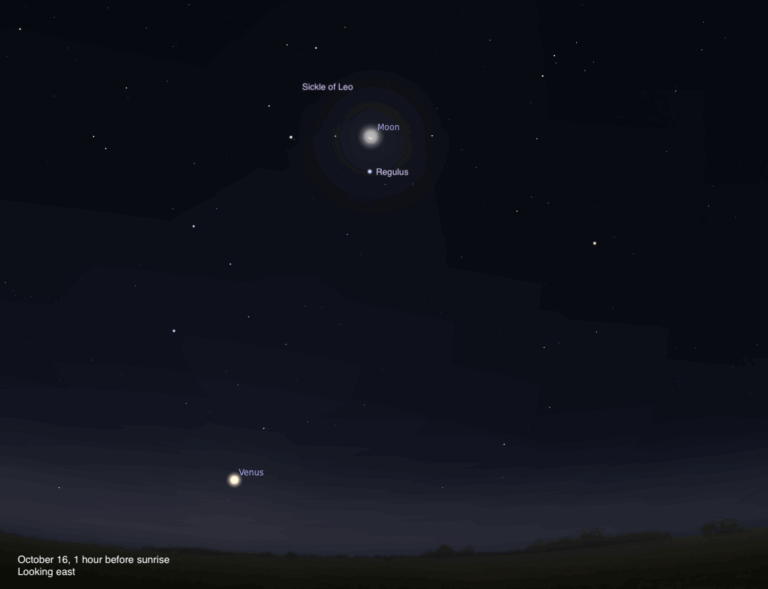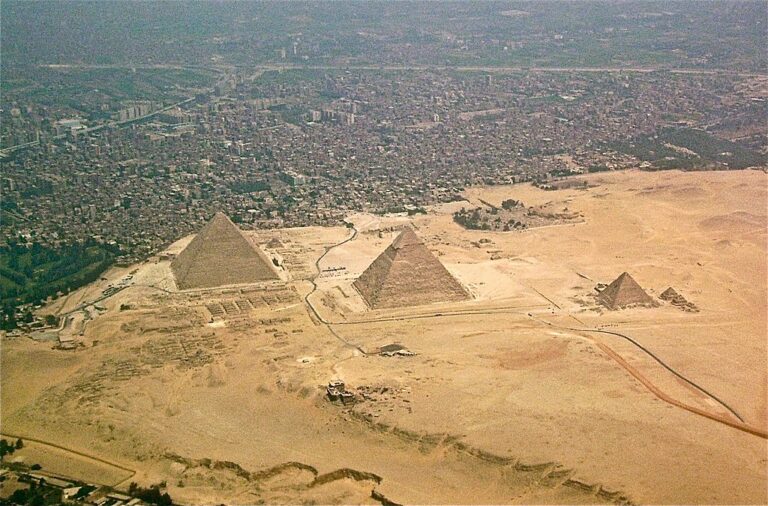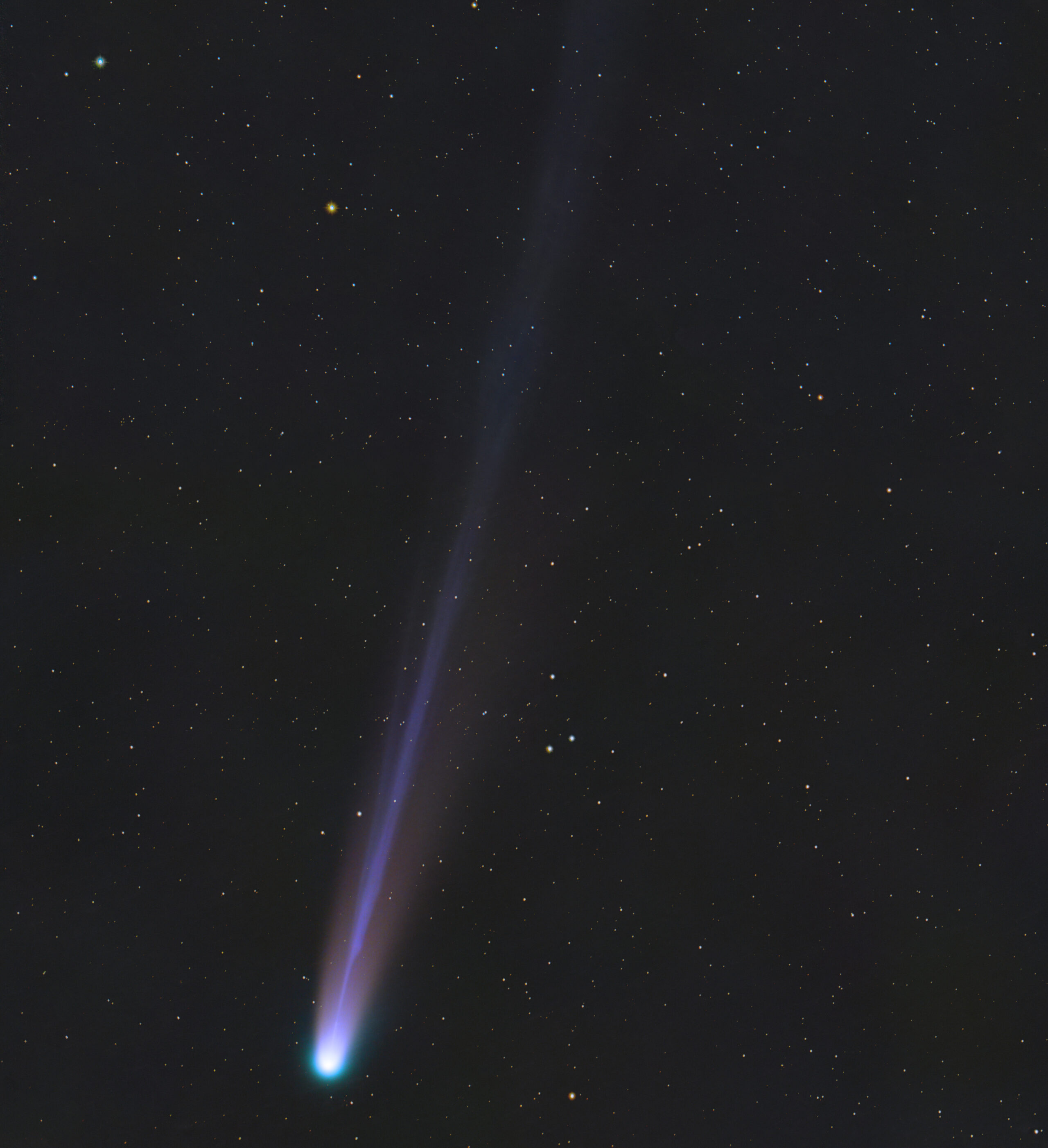
Credit: Chris Schur
Key Takeaways:
- Comet C/2025 A6 (Lemmon) is currently a 5th-magnitude object, with predictions for it to brighten by two to six times, potentially allowing naked-eye observation from dark sites.
- Its closest approach to Earth (perigee) is scheduled for October 21, at a distance of 28.6 million miles (46 million kilometers), which coincides with the New Moon phase.
- Discovered on January 3, 2025, by the Mount Lemmon Survey, the comet will appear in the northwestern sky, transiting through constellations such as Canes Venatici and Boötes, near the Big Dipper and Arcturus.
- Following its perihelion passage on November 8, the comet's orbital period will decrease from approximately 1,350 years to 1,150 years, making its next predicted return around the year 3175.
Comet C/2025 A6 (Lemmon) is currently a 5th-magnitude fuzzball low in the northwestern sky. This means that, from a dark site, sharp-eyed observers could glimpse it with their naked eyes. And it’s predicted to get brighter. By how much? Between two and six times as bright as it is now. (We hope. Comets are fickle.) On Sunday night, the comet will be in front of the stars of the constellation Canes Venatici the Hunting Dogs. Fortunately, for those who don’t know the sky all that well, it lies near a star pattern and a bright star that are a lot easier to find: the Big Dipper and Arcturus.
Comet Lemmon is on its inbound journey right now before it swings around the Sun and heads back out. Its closest approach to Earth will occur October 21, which also just so happens to be the date of New Moon. Its minimum distance from Earth (called perigee) will be 28.6 million miles (46 million kilometers). That will be the date to try your best to see it. Of course, it will be visible tonight (Sunday) and Monday night, too, but it should be brightest Tuesday night.
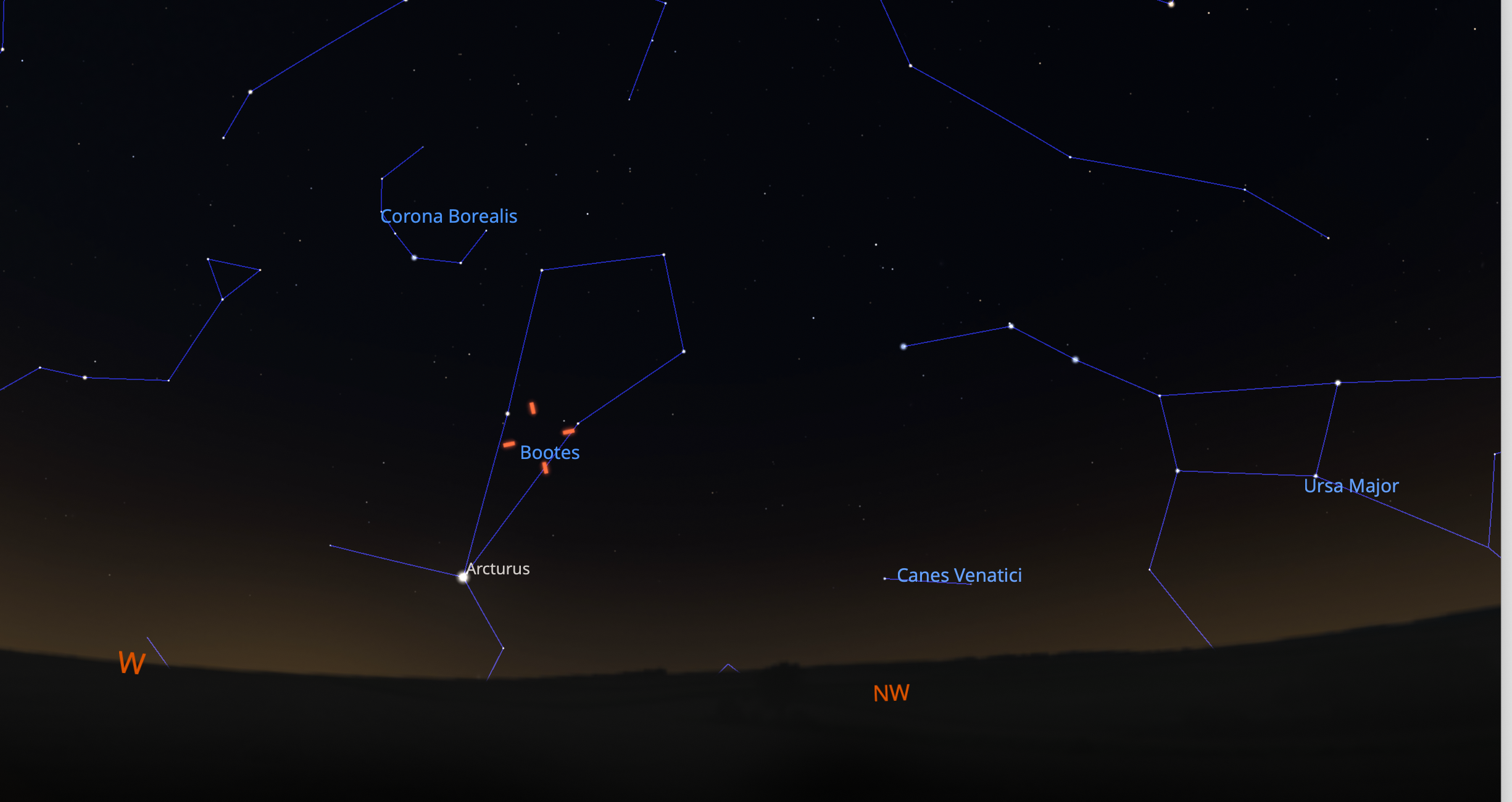
Credit: M. Zastrow/Stellarium
Observe it
First, find the time the Sun sets at your location. A quick Google search for, “When is sunset at [location]” will do it. Then, head out an hour and a half later than your sunset time and face northwest. Use the finder chart here to identify some of the visible stars, and then point binoculars toward the comet’s location and try to see it.
Comet Lemmon will move into the constellation Boötes the Herdsman on the 20th. One day later — at perigee — the comet will lie less than 2° southwest of the magnitude 3.6 star Rho Boötis. Its minimum distance from Earth will be 28.6 million miles (46 million kilometers). Weather permitting, the morning and evening of the 21st will be when Comet Lemmon looks its brightest because that’s when it will be closest to us. But comets sometimes perform erratically, so observe it several days before and several days after perigee, just in case.
If you’re using a telescope to observe it, set your instrument outside about an hour before you plan to use it to let it adjust to the ambient temperature. Start viewing Comet Lemmon with your lowest power eyepiece. Depending on the length of the tail, you might be able to see the whole comet. Then, step by step, increase the magnification and scan the comet’s length for details. Can you see a single tail, or are there two? Are any parts of the tail brighter than others? Does the tail look disconnected at any point? Take your time.
More details
Comet Lemmon was discovered January 3, 2025, as part of the Mount Lemmon Survey, which uses a 60-inch telescope at Mt. Lemmon, Arizona (a scant 15.5 miles north of the author’s home). The camera attached to the telescope’s prime focus captures images that are 5° square.
Interestingly, the comet’s current orbital period is approximately 1,350 years. But after its perihelion passage (its closest approach to the Sun) on November 8, our star’s gravity will reduce that to 1,150 years. So, the next chance for earthbound observers to see this occasional visitor will be around the year 3175.
So, take a few minutes in the evening to spot Comet Lemmon — a ball of frozen gases currently speeding past Earth at 135,000 miles per hour (217,000 kilometers per hour). Don’t wait too long because the comet will start to fade after the 21st. Plus, the Moon will reenter the evening sky after that date. Now is the time. Good luck!

